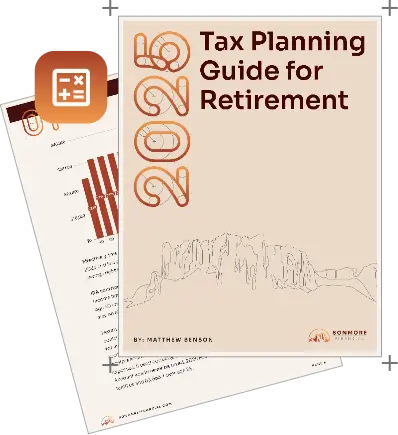Table of contents
The holiday season is a special time for reflection and generosity, particularly meaningful for retirees. It’s an opportunity not just to give back to the community but also to strategically align charitable efforts with financial planning. This can enhance both personal fulfillment and financial health. The act of giving, in its various forms, offers a unique blend of emotional satisfaction and practical benefits well summarized in Winston Churchill’s quote: “We make a living by what we get. We make a life by what we give.”
The Benefits of Charitable Giving for Retirees
For many retirees, charitable giving provides a profound sense of purpose. It’s a way to leave a lasting legacy and make a tangible difference in the world. Beyond the emotional rewards, there are significant financial benefits to consider. Strategic giving can lead to potential tax deductions, serving as a tool for effective income management. This is particularly crucial for retirees managing required minimum distributions (RMDs) from retirement accounts, where thoughtful giving could reduce the taxable income burden.
Retirees might already support their church, local food bank, or other beloved or personally meaningful non-profits. An inspiring way to close the loop for both body and spirit is to volunteer and be involved in the organizations that you support financially. I have seen clients go on international trips and engage with a non-profit organization abroad that demonstrated to them how their investment has improved the quality of life for others. This was particularly impactful for those clients because they were able to designate dollars directly to that organization at the local level and see the real impact of their donation/investment.
Choosing the Right Charities and Contribution Methods
Selecting a charity that resonates with your personal values is key. Look for organizations with transparent operations and impactful missions. For those inclined toward education, libraries or scholarship funds might be appealing. If healthcare is a priority, hospitals or research organizations could be a good match. Beyond monetary donations, consider using donor-advised funds for more flexible giving, or qualified charitable distributions, which can be particularly advantageous for those over 70½. Gifting appreciated stock is another savvy option, offering the dual benefits of avoiding capital gains tax and claiming a charitable deduction.
Strategic Charitable Giving Techniques
“Charitable bunching” is a smart approach for those who wish to maximize their tax deductions. By consolidating donations into a single year, donors can surpass the annual standard deduction threshold, leading to significant tax savings. Donations of non-monetary items, like clothing or household goods, to organizations such as Goodwill or The Salvation Army, can also be itemized for tax purposes. Keep detailed records of these donations, including descriptions and estimated values.
Retirees often have a diverse income sourced from pensions, Social Security, IRA distributions, non-retirement accounts, and Roth accounts. When combined with a gross retirement income that is typically lower than it was in working years, it is common to see retirees drop to a lower tax bracket—and in some cases be just above the threshold for the next tax bracket down. In these situations, charitable bunching can be particularly advantageous, as it could move someone down into the 12% tax bracket from the 22% bracket. It might even keep them in the 12% bracket the next year as well, since they may not need to take as large of a distribution due to bunching their charitable contributions into this year. We were able to implement a strategy like this for a client recently and the tax savings was in excess of $5,000, simply by timing when the charitable gifts occurred. We were able to accomplish this by using a donor-advised fund, and then granting the funds from that account to the charity at the same monthly interval that the charity was accustomed to receiving them. This is just an example and we’d be happy to review your individual situation.
Understanding Tax Implications
Navigating the tax benefits and implications of charitable giving is crucial—this includes understanding how different types of donations affect your taxable income and deductions. For retirees, especially those with complex financial portfolios, it’s important to integrate charitable giving into an overall financial strategy. Consulting with a financial advisor ensures that your generosity aligns with your financial goals and tax planning.
Conclusion
This holiday season offers a wonderful opportunity for retirees to explore the rewarding world of charitable giving. Whether it’s through monetary donations, donor-advised funds, non-monetary gifts, or strategic giving techniques, each contribution has the power to make a significant impact. For personalized advice on how to integrate charitable giving into your financial strategy, feel free to reach out. Let’s work together to help maximize the impact of your generosity while optimizing your financial plan.
Sonmore Financial LLC does not offer tax planning services but may provide references to tax services providers. Sonmore Financial LLC may also work with your independent tax counsel. Please consult a qualified professional for assistance with these matters. You should always consult with a qualified professional before making any tax or legal decisions.



